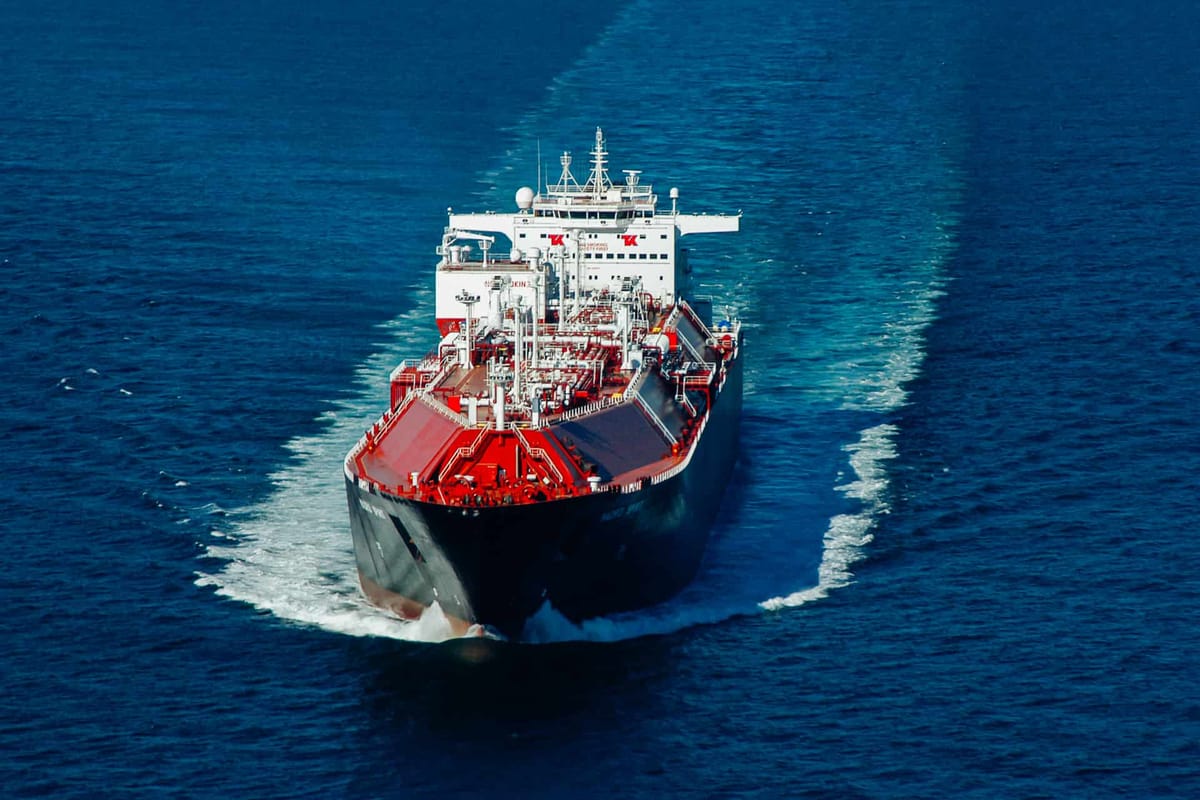Everybody wants risk-free LNG
But nobody wants to invest in its production


Member discussion: Everybody wants risk-free LNG
Read what members are saying. Subscribe to join the conversation.
But nobody wants to invest in its production


Read what members are saying. Subscribe to join the conversation.

CHART DECK: Moribund European gas market resurrects narrow Asian LNG premium

🎧 VIDEO POD: Empty threats and new dependencies in a fragmented energy world

REVEALED: How hedge funds secretly split Europe’s TTF gas market in two

CHART DECK: The TTF curve is failing to price in both near-term bullish risks and more distant bearish realities